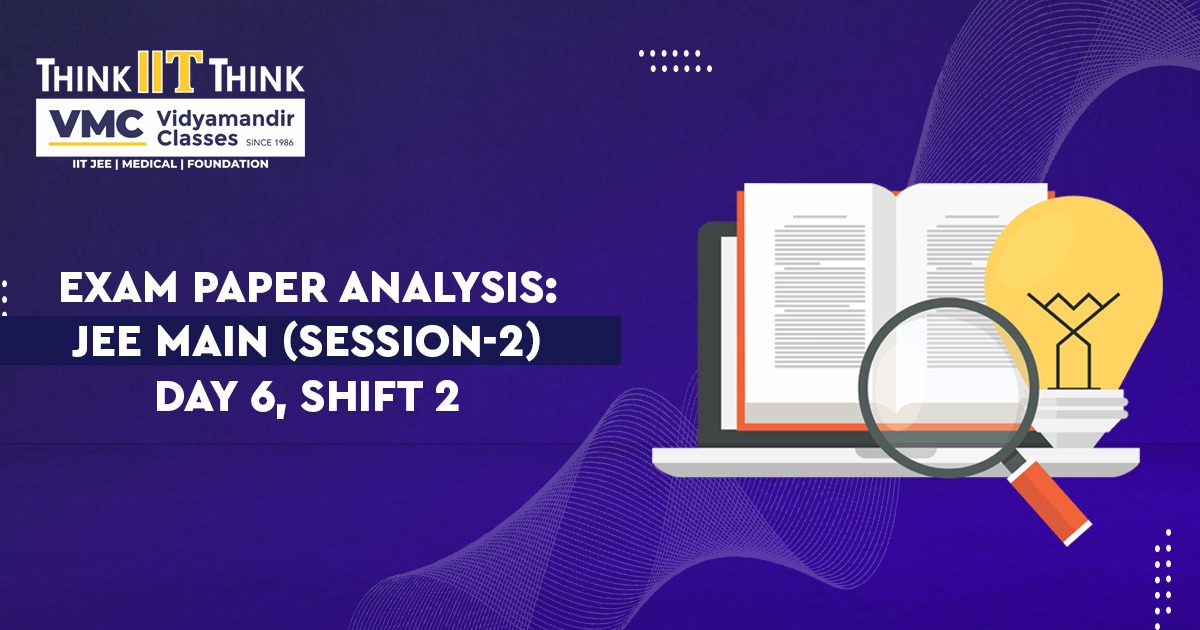Exam Paper Analysis: JEE Main (Session-2) Day 6, Shift 2
 Posted On
Posted On
426 total views, 1 views today
According to responses from students and experts, the Joint Entrance Examination (JEE) Main 2023 (session 2) shift 2 exam held on April 13 was moderate. The afternoon shift exam was held from 3 pm to 6 pm. It was a “balanced” paper with questions that covered practically all of the Class 11 and 12 chapters.
Analysis of JEE Main 2023 April 13 Shift 2: Overall Difficulty
Mathematics Section:
Moderate level of mathematics. Algebra and calculus chapters received more weightage. In calculus, questions are asked about curve areas under curves, definite integrals, definite limits, continuity, and differential equations. Multiple questions in algebra were asked about matrices, permutations and combinations, vectors, 3D geometry, progressions, statistics, the binomial theorem, mathematical reasoning, and probability. Parabola, ellipse, and hyperbola had mixed-concept concerns in coordinate geometry. Long calculations were necessary for both MCQs and numerically based problems. A few pupils said that this section was also challenging.
Physics Section:
Level of Physics was easy. The following topics were covered in the questions: error analysis, semiconductors, wave optics, kinematics, laws of motion, work, power and energy, heat and thermodynamics – two questions, SHM, current electricity, magnetism, gravitation – two questions. Questions with a numerical focus were rated as easy to moderate. This section was evenly balanced.
Chemistry Section
Moderately easy to difficult. More questions were asked from inorganic and organic chemistry than from physical chemistry. Ionic equilibrium, chemical kinetics, and electrochemistry were all covered in the numerical component of the test. Surface chemistry and the solid state were also the subject of inquiries. The questions in the organic chemistry section covered a variety of topics, including aryl and alkyl halides, polymers, biomolecules, alcohols, ethers, and phenols. S-block, p-block, chemical bonding, coordination compounds, and problems from metallurgy were all included in the inorganic chemistry exam. This section contained fact-based questions.



